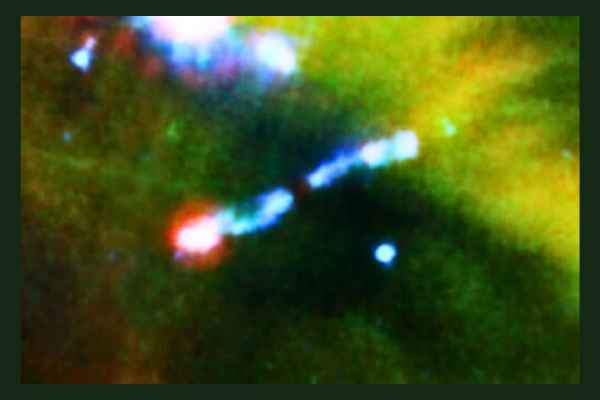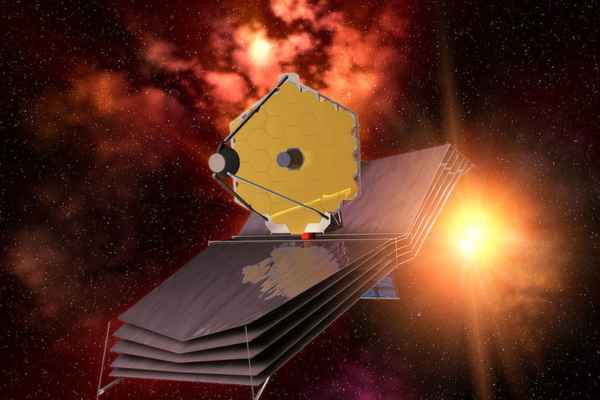In the vastness of space, mysteries abound, and thankfully it is instruments like the James Webb Space Telescope (JWST) that help us unravel these hidden wonders.
A collaborative effort between the European Space Agency, the Canadian Space Agency, and NASA, recently trained this remarkable James Webb Space Telescope to gaze on a celestial wonder known as Herbig-Haro 211 (HH 211). What JWST then captured is nothing short of breathtaking.
Unveiling Herbig-Haro Objects James Webb Space Telescope
Herbig-Haro (HH) objects are luminous regions that encompass newly born stars. They come to life when stellar winds or jets of gas collide at high speeds with nearby gas and dust, forming mesmerizing shockwaves. HH 211 is a perfect example of such a phenomenon, captured in all its glory by NASA’s James Webb Space Telescope.
A Glimpse into Star FormationJames Webb Space Telescope
At the heart of HH 211 lies a Class 0 protostar, an infantile version of what our own Sun once was. It’s believed to be only tens of thousands of years old, with a mass a mere 8% that of the present-day Sun. However, with time, it will mature into a star similar to our Sun.
Infrared Insight James Webb Space Telescope

– Image source NASA.com captured by James Webb Space Telescope
Infrared imaging has proven indispensable in studying newborn stars and their outflows. These stars remain shrouded in the gas from the molecular clouds in which they form. But infrared light can penetrate this veil, allowing astronomers to observe Herbig-Haro objects with unprecedented clarity.
Unparalleled Detail James Webb Space Telescope
The image from JWST showcases a series of bow shocks to the southeast and northwest, as well as the narrow bipolar jet powering them. This telescope reveals this scene with 5 to 10 times higher spatial resolution than previous images of HH 211.
The Mystery of Slow Jets
Intriguingly, researchers have found that the outflow from the protostar at the heart of HH 211 is relatively slow compared to similar objects. The velocities measured for the innermost outflow structures range from 48-60 miles per second. However, the difference in velocity between these outflows and the shockwave is much smaller.
The Molecules of Space
This phenomenon hints at something extraordinary. It suggests that the outflows from the youngest stars, like HH 211’s protostar, are primarily composed of molecules. The slower shockwave velocities aren’t energetic enough to break these molecules into simpler atoms and ions. This discovery challenges previous assumptions and deepens our understanding of these cosmic wonders.
The Advantage OF JWST
The James Webb Space Telescope’s prowess in the infrared spectrum has provided researchers with insights into HH 211 that were previously hidden behind a veil of gas and dust. It has allowed astronomers to study the components of the jets in greater detail, shedding light on their molecular composition.
What’s Next?
HH 211 continues to amaze and inspire, and there’s much more to learn. The intricacies of its outflows, the reasons for their relatively slow speed, and the possibility of an unresolved binary star at its center are all questions yet to be fully answered.
A Telescope Redefining Exploration
This glimpse into HH 211 is a testament to the James Webb Space Telescope’s capabilities. It’s rewriting the book on what we know about celestial objects we thought we understood. As it continues to explore the cosmos, there’s no doubt that JWST will unveil even more mysteries, pushing the boundaries of our knowledge further than we ever thought possible. The universe is vast, but with instruments like JWST, we’re taking giant strides toward understanding its secrets.




